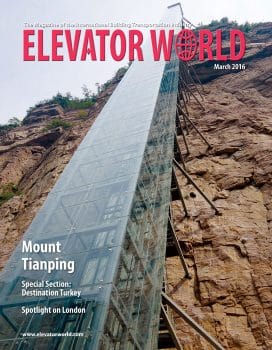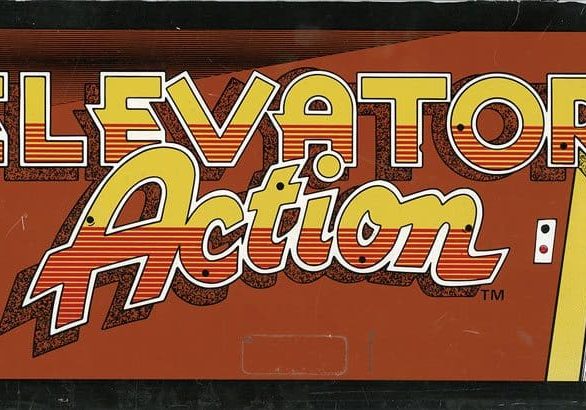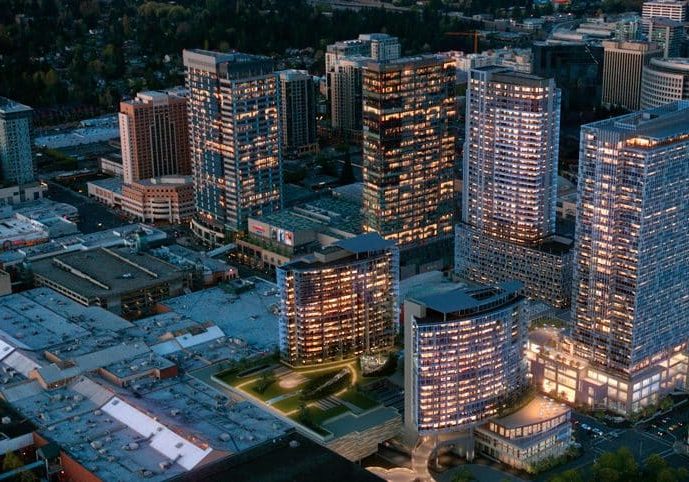A Conversation with Aleksey Gorilovsky
Mar 1, 2016

LiftEye CEO speaks on the founding, aspirations and new offerings from his elevator window company.
At the 2015 Council on Tall Buildings and Urban Habitat (CTBUH) Best Tall Building Awards Symposium (ELEVATOR WORLD, February 2016), your author (LG) had the opportunity to talk with Aleksey Gorilovsky (AG), CEO of LiftEye Ltd. (London) and Stein, Ltd. (St. Petersburg, Russia) about LiftEye. Beginning with a wall-based elevator window system commercially available to architects and wholesale buyers (EW, June 2014), the company now offers a car door developed with the aid of global door manufacturer Sematic Group. The former was nominated for an Innovation Award at the 2014 CTBUH Symposium and Dinner (EW, January 2015).
LG: How long have you been in the elevator industry?
AG: Everything started in 1993. I first joined Schindler as a representative in St. Petersburg, and later, I recognized that it would be more interesting for me to run my own business. So, in 1997, I established my own company, Stein, in St. Petersburg, specializing in new installations and repairs.
LG: What prompted you to pursue the development of LiftEye?
AG: My older son, Dmitry, said, “Why not try something new in the elevator business?”
LG: Which “new” problem were you trying to solve?
AG: The idea was to provide a connection between the passenger and environment. Many people know about glass elevators; however, these are not always achievable due to cost issues, technical issues, etc. Therefore, the idea was to provide real-time pictures of the outside world inside a standard elevator car. I was also aware that advances in the information-technology industry had far outpaced those of the elevator industry. Additionally, the cost of screens and cameras was decreasing every year at a dramatic pace; thus, I knew that hardware was not a big issue. The main concern was the design of the proper software. One of LiftEye’s unique components is the software that allows exterior image transmission in real time that is synchronized with the movement of the elevator car.
LG: Who were the key players you assembled to pursue this idea?
AG: The first team member was Dmitry, who has a background in computer software engineering. It took three or four years to identify the remaining team members: mathematic faculty members from St. Petersburg State University.
LG: Why did you decide to establish a separate company in London?
AG: I believed that the market for LiftEye is a global one and that London is the best location for a global company.
LG: If I buy LiftEye from you, what am I buying?
AG: You can buy 1) software and consultation on the complete design of the system, 2) software and hardware, or 3) a complete elevator system equipped with LiftEye. The product itself is now released in two versions: one version is a video wall mounted in any manufacturer’s elevator car, and the second is the LiftEye car door. The latter product was released in October 2015 and displayed for the first time at Interlift. The video car door is a complete package that may be used on any elevator.
LG: Did you decide to pursue the development of the LiftEye car door because the original video wall was “behind” waiting passengers?
AG: Yes, this was the main concern; even in glass or panoramic elevators, many passengers remain in position looking at the door. The LiftEye car door is a result of significant assistance and support from the Sematic Group. Our car door is the result of a perfect match of LiftEye technology and the extended experience of Sematic.

LG: What expertise did Sematic have that you needed?
AG: Sematic is well known for expertise in door manufacturing. I know a lot of people from Sematic and have worked with them for more than 15 years. When we came to them to discuss the possibilities of LiftEye and joining our efforts, we found not only interest, but also positive support and assistance.
LG: Are LiftEye doors different from “normal” elevator doors with regard to weight and operation?
AG: We are confident that we can simply replace a typical door with a LiftEye door; most of the characteristics are absolutely the same in terms of weight, sizes, thicknesses and so on.
LG: In the event of an emergency, can the screens be used to transmit or communicate information?
AG: Absolutely. LiftEye can transmit any type of information needed: images, announcements, stocks, etc.
LG: What success has LiftEye had so far?
AG: We have had a few temporary installations to test the features of the system and promote the technology. One of the latest installations took place in May 2015 in London, in the Docklands.
LG: What is the biggest challenge you have faced?
AG: A critical challenge is privacy laws in various countries regarding showing real-time pictures from the street, which limits the possibility of real-time pictures. Therefore, we had to design software patches to “blur” people’s faces and license-plate numbers to protect their privacy. We also never make a recording of any of our live video streams.
LG: One last question: as a longtime member of the lift industry, what do you feel is the biggest challenge facing the industry today?
AG: The main challenge from my point of view is the following: the elevator business is a very conservative one. At the CTBUH 2015 International Conference in New York City, I visited some very interesting projects. The exterior windows and their related views were often the main features of these buildings; however, the owners of the building’s apartments or offices travel to them in an absolutely enclosed box. Why not capitalize on the exterior views while you are riding to your destination? That’s what LiftEye has to offer. 🌐
Get more of Elevator World. Sign up for our free e-newsletter.









